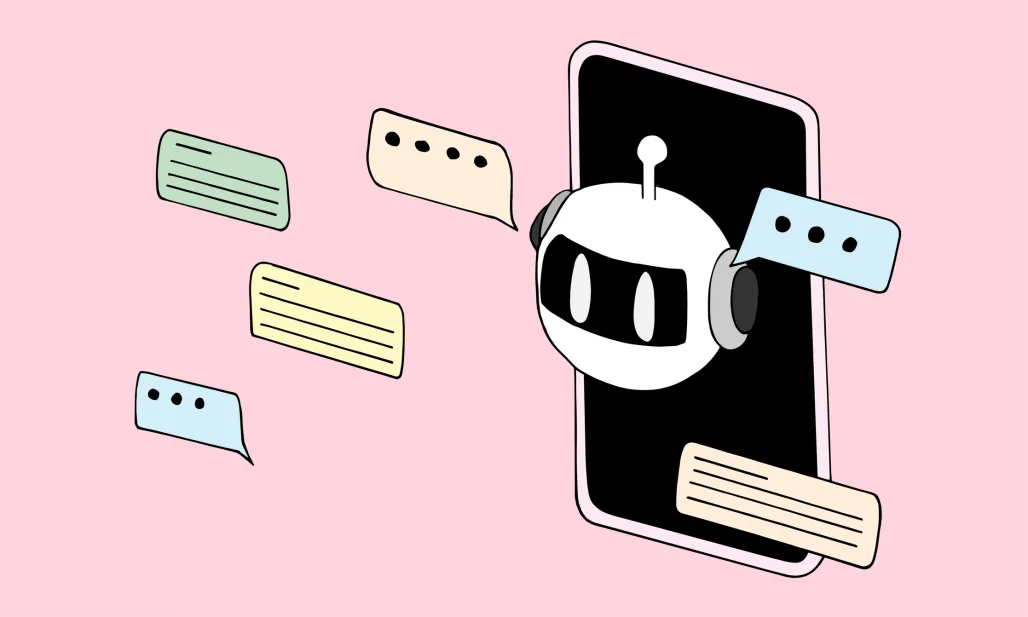
The Rise of Personified AI & AI Tools
Generative AI is becoming increasingly integrated into business and personal workflows. But alongside the technology’s rise is a troubling trend: companies are branding these tools with human names and personas, treating them less like software and more like digital colleagues. This is no accident. By assigning AI a human-like identity, startups hope to reduce friction in adoption — and disguise the fact that these tools are often being designed to replace real people.
Selling Software as a Staff Replacement
It’s not hard to see why startups, particularly those from accelerator programs like Y Combinator, lean into this narrative. Hiring is expensive and uncertain. So instead of marketing their products as what they are — AI-powered systems — they call them “employees,” “assistants,” or “team members.” One company even introduced an “AI worker” for furniture stores, proudly claiming a single manager could now run 20 locations thanks to this tool. The subtext is chilling: fewer human workers needed.
Consumer Apps Are Doing the Same
This naming tactic isn’t limited to enterprise tools. On the consumer side, AI platforms are being packaged with names like Claude, a move intended to evoke warmth and trust. This mimics trends in financial tech, where apps like Dave and Charlie tried to make money management feel friendly and approachable. That same strategy is now being used to encourage people to feel comfortable sharing personal data with machines — not because the machines are safer, but because they feel familiar.
The AI Illusion
Would you prefer to upload sensitive data into a faceless algorithm or share it with “Claude,” your loyal digital companion? The illusion is working. Companies are building emotional bridges between users and code. But there’s a growing unease about this framing. AI systems are tools — powerful ones — not teammates, friends, or staff members. Pretending otherwise glosses over real concerns about job displacement and workplace restructuring.
The Impact on Real Workers
The consequences of this narrative shift are already becoming apparent. Millions of Americans are navigating unemployment, many from the very industries now touting AI solutions. When AI is marketed as a worker, not a tool, it deepens the perception that human jobs are being actively replaced. Dario Amodei, CEO of Anthropic, even warned that AI could automate half of all entry-level white-collar jobs in the near future. If that comes to pass, the language companies use to frame AI will become even more important — and more problematic.
A Reminder from Sci-Fi — and Reality
The concern isn’t new. We’ve long grappled with fears about AI’s potential to overstep. Pop culture has given us warnings for decades — HAL from 2001: A Space Odyssey being one of the most infamous examples. While we’re far from murderous machines, the shift from helpful tools to job-cutting automation is real and pressing.
Let’s Change the Conversation
AI will play a transformative role in the future of work. But that future doesn’t have to be built on misleading branding. IBM didn’t call mainframes “colleagues,” and Microsoft never claimed Excel was your finance teammate. These were tools — powerful, but clearly positioned. Today’s AI should be marketed the same way.
We don’t need more “AI co-workers.” What we need are robust tools that support humans — tools that help managers scale operations and help employees boost their creativity, productivity, and decision-making. Let’s move away from the gimmicks and toward clarity.

